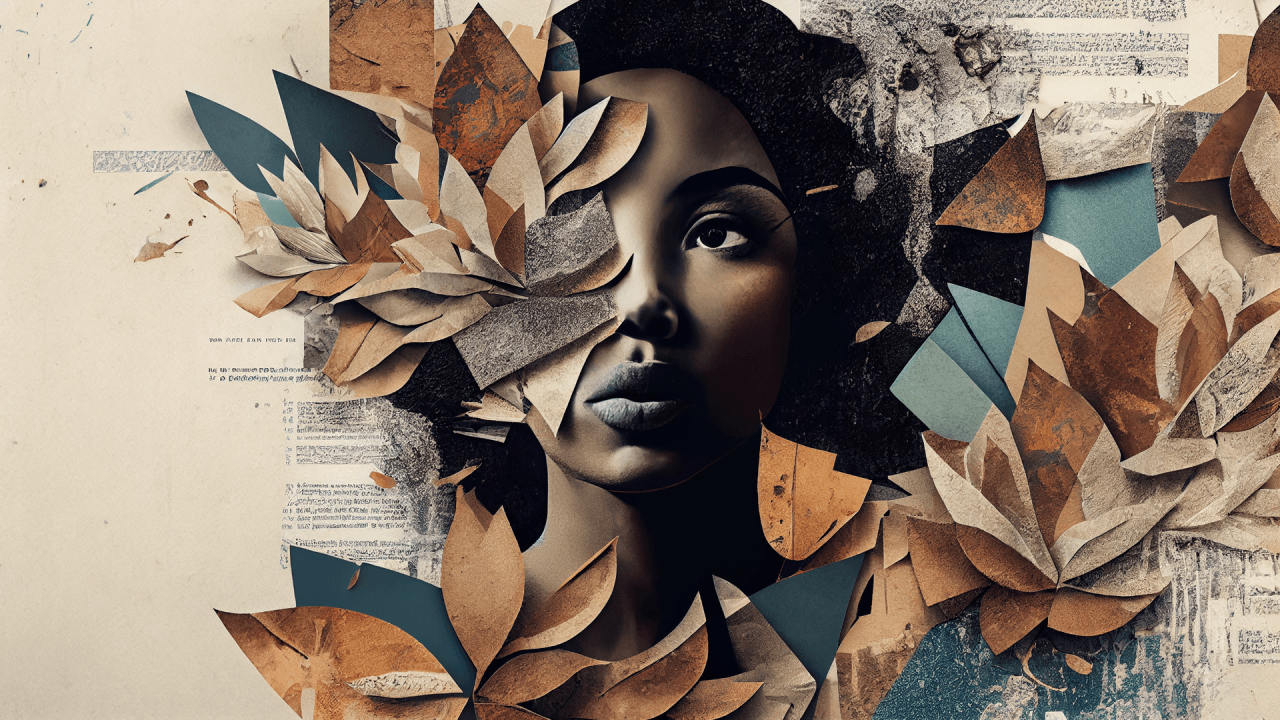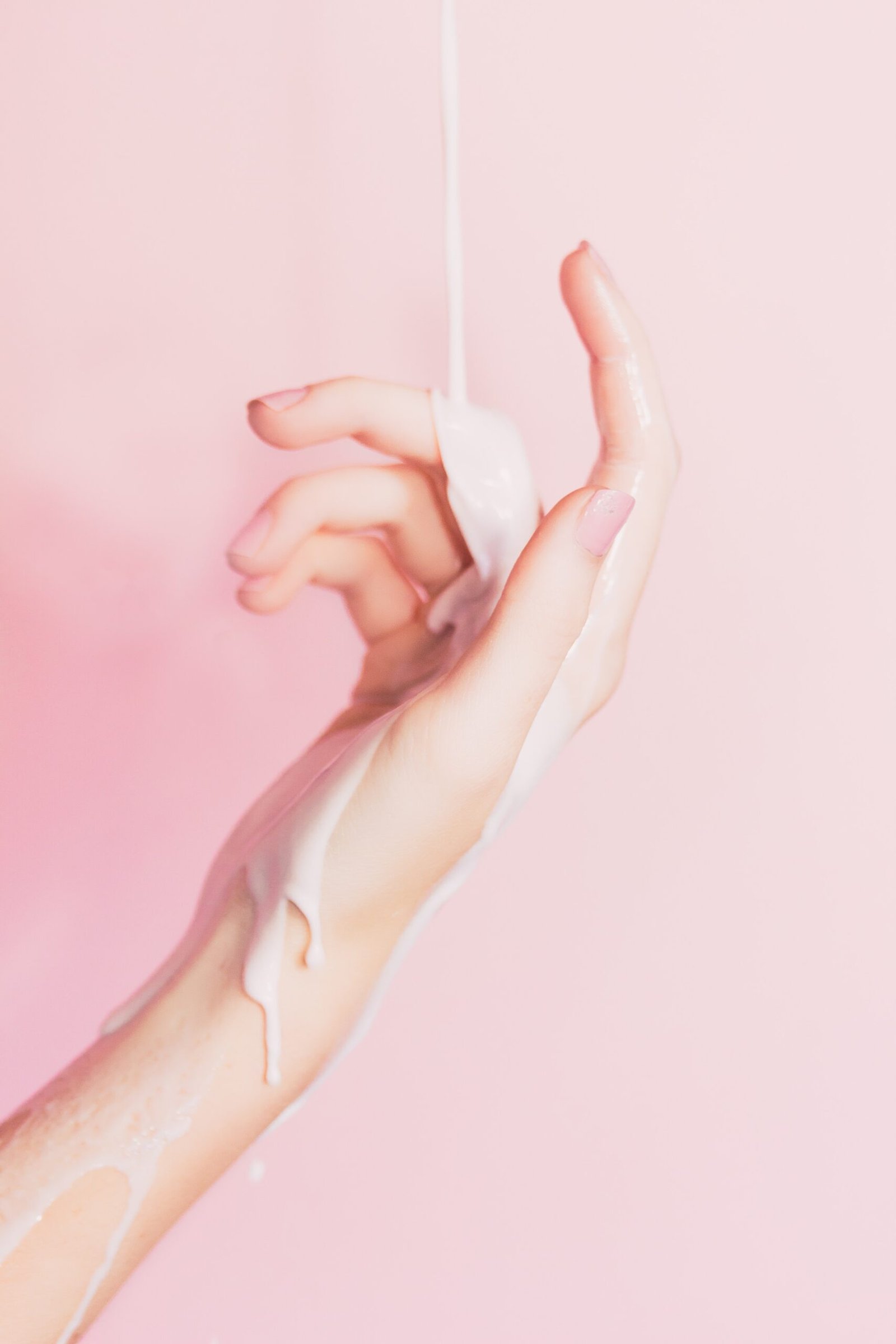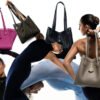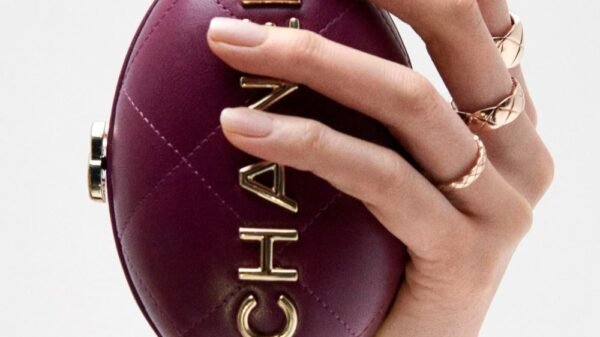The Fusion of Art and Fashion: A Creative Renaissance
In recent years, the fashion industry has witnessed a dynamic fusion of art and design, resulting in garments that transcend traditional aesthetics. This trend, characterized by artistic prints and collaborations with renowned artists, infuses everyday wear with a unique and creative flair.
Historical Context: Art’s Influence on Fashion
The interplay between art and fashion is not a novel concept. Historically, designers have drawn inspiration from various art movements to create innovative designs. For instance, Yves Saint Laurent’s 1965 collection featured dresses inspired by Piet Mondrian’s abstract paintings, seamlessly blending art with haute couture.
Contemporary Collaborations: Artists and Designers Unite
Modern fashion houses continue to collaborate with contemporary artists, resulting in collections that are both visually striking and culturally resonant. These partnerships allow for the creation of wearable art, offering consumers a chance to engage with art in their daily lives.
Case Study: Louis Vuitton and Takashi Murakami
A notable example is the collaboration between Louis Vuitton and Japanese artist Takashi Murakami. Their partnership yielded iconic pieces that merged Murakami’s vibrant pop art with Louis Vuitton’s classic monogram, creating a collection that was both commercially successful and artistically significant.
Artistic Prints: Bringing Masterpieces to Fabric
Designers are increasingly incorporating prints inspired by famous artworks into their collections. This approach allows fashion enthusiasts to wear interpretations of masterpieces, effectively democratizing art appreciation and making it accessible beyond gallery walls.
The Role of Technology in Art-Inspired Fashion
Advancements in digital printing technology have facilitated the seamless integration of complex artistic designs onto fabrics. This innovation enables designers to experiment with intricate patterns and vibrant colors, pushing the boundaries of traditional fashion design.
Consumer Reception: Embracing Wearable Art
The market has responded positively to art-inspired fashion, with consumers appreciating the uniqueness and cultural value these pieces offer. Wearing garments that feature artistic elements allows individuals to express their personal style while showcasing an appreciation for art.
Sustainability and Ethical Considerations
Collaborations between artists and fashion designers often emphasize limited edition releases, promoting sustainable consumption by focusing on quality and exclusivity over mass production. This approach aligns with the growing consumer demand for ethical and environmentally conscious fashion choices.
The Impact on Emerging Artists
Partnerships with fashion brands provide emerging artists with a platform to reach wider audiences. These collaborations can elevate an artist’s profile, introducing their work to consumers who may not engage with traditional art spaces.
Cultural Representation and Inclusivity
Art-inspired fashion also serves as a medium for cultural expression, allowing designers to incorporate elements from diverse artistic traditions. This inclusivity fosters a greater appreciation for global art forms and promotes cultural understanding.
Challenges and Criticisms
Despite the benefits, art-inspired fashion faces challenges, including concerns about cultural appropriation and the commercialization of art. It is crucial for collaborations to be conducted respectfully, ensuring that artistic integrity is maintained and that artists are appropriately credited and compensated.
Future Prospects: The Evolution of Art in Fashion
The intersection of art and fashion is poised for continued growth, with future collaborations likely to explore new mediums and technologies. As the boundaries between art forms continue to blur, the potential for innovative and expressive fashion designs expands.
Conclusion: A Harmonious Blend of Creativity
The integration of art into fashion enriches the industry, offering consumers unique and meaningful ways to engage with both disciplines. As designers and artists continue to collaborate, the line between wearable garments and artistic expression becomes increasingly intertwined, heralding a new era of creative synergy.










